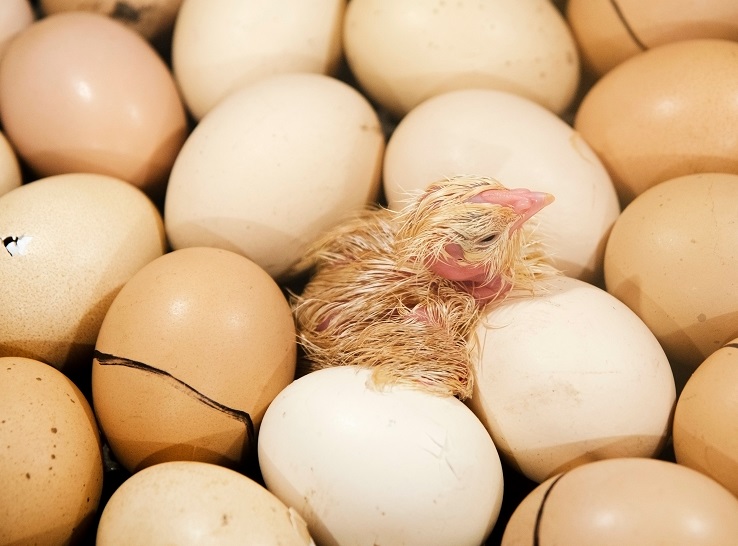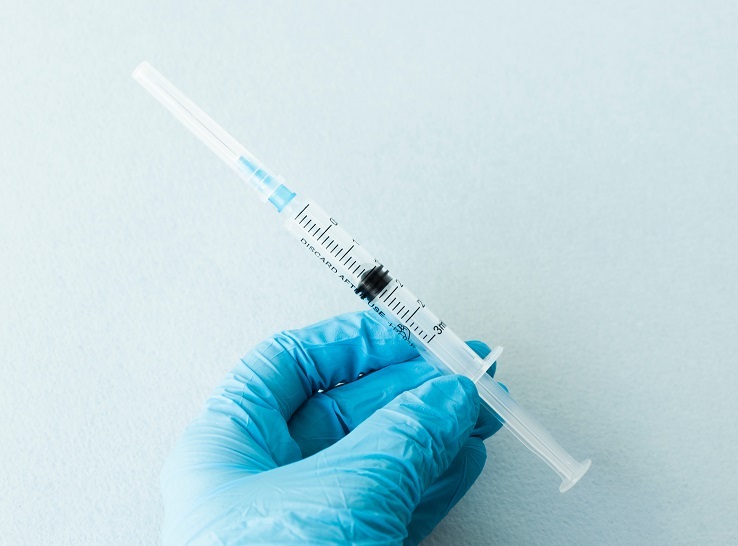Europeans have battled avian metapneumovirus (aMPV) since the 1980s. Today, live and inactivated vaccines keep aMPV under control in Europe and most of the world except in the US, according to Aris Malo, DVM, Royal Dutch Veterinary Association.
“In the rest of the world, people have used aMPV vaccines for at least 30 years…and right now, aMPV is not a big problem like it is in the US,” Malo said.
The current US outbreaks of aMPV started in late 2023 and are acute, with up to 50% mortality and up to 100% flock morbidity. All three subtypes of aMPV (A, B, C) have been confirmed. Unfortunately, no USDA-licensed vaccines against the disease are currently available.
Malo discussed European aMPV research and vaccination programs during the 2024 Delmarva Chicken Association 59th National Meeting on Poultry Health, Processing and Live Production.
Malo anticipates vaccines will be available for US producers soon. “There are American companies that have been producing aMPV vaccines for at least 30 years,” he said. “Those vaccines have been used all over the world.”
Lessons learned from field and lab
“In the field, aMPV can damage the upper respiratory tract, the urogenital tract and affect the systemic immune system,” Malo said. “It can also interact with other respiratory pathogens, like infectious bronchitis, Newcastle disease (ND), Mycoplasma and infectious laryngotracheitis.
“We’ve learned that a good way to control aMPV in your birds is to have a good control program for other respiratory agents,” Malo added.
“For example, if you need to vaccinate against ND, consider changing from a respiratory type of vaccine to a Villegas-Glisson/University of Georgia strain that will go more to the gut and not stress the upper respiratory tract. Therefore, if there’s any aMPV, it will have a lower chance to progress and cause problems.”
The European vaccine research took years and started with basic questions and answers. For example, researchers discovered that turkeys are more susceptible to aMPV than chickens.
“If you infect the turkey, it will show a very clear clinical disease,” Malo added. “Whereas in chickens, development of clinical aMPV depends on the conditions in which they were raised.”
Researchers tested if turkey isolates could infect chickens and if chicken isolates could infect turkeys. The answer to both was yes. “Both species can get sick with a homologous or a heterologous isolate,” Malo explained.
Vaccine development
As the disease progressed in Europe and aMPV research increased, the first vaccines with different subtypes were developed. “The first isolates were subtype A, and the first live and killed vaccines put on the market were based on those isolates,” Malo said.
Later, when subtype B emerged, especially in chickens, live vaccines were developed based on type-B chicken isolates. These vaccines worked well.
“The vaccines can be used in hatcheries starting at day of age,” Malo said. “And they will give good cross-protection between the different subtypes.”
For example, subtype A vaccines will protect turkey poults and chickens challenged with strains from A and B types. Also, vaccines from subtype B will protect birds challenged with strains from types A or B.
“Furthermore, a subtype B vaccine was tested in ovo and showed to be efficacious, which is something to consider when you have a flock vaccination program with several vaccines.”
The Colorado isolate found in the US was also tested by European researchers. “The good news is that subtype A and subtype B vaccines work against subtype C. These vaccines protect 100% against the Colorado isolate,” Malo said. “But they were never put into practice.”
Live- and killed-vaccine program
The vaccination program now used for complete protection against aMPV includes both live and killed vaccines, according to Malo. The recommendations are:
Broilers: “One vaccination with a live vaccine should be enough,” he said.
Layers and breeders: “You want to prime the birds with a live vaccine and, depending on the one you choose, you will need to do it once or twice. Then you use a killed vaccine before the onset of production,” Malo said.
“In a vaccination – challenge study, layers vaccinated with only a live vaccine did not show clinical signs, but they experienced a drop in egg production,” he continued. “So, if you want to protect the reproductive tract against aMPV, use at least a killed vaccine. Layers may show some clinical respiratory signs, but they don’t show a drop in egg production.”
Malo offers a warning about live vaccines. “When using a live vaccine, be aware that aMPV is very sensitive to interference from other respiratory viruses that are present,” he said. “If you get to work with these vaccines, you will need to give them their space to develop a protective level of immunity.
“This means that if you need to vaccinate against ND or infectious bronchitis, you might need to have an interval of about 10 to 14 days to place your aMPV vaccine in a vaccination program to develop a protective level of immunity against the disease.
“We don’t need to reinvent the wheel for this vaccine,” he concluded. “The recipe for the ‘cake’ is already there. You just need to bake it yourself.”







